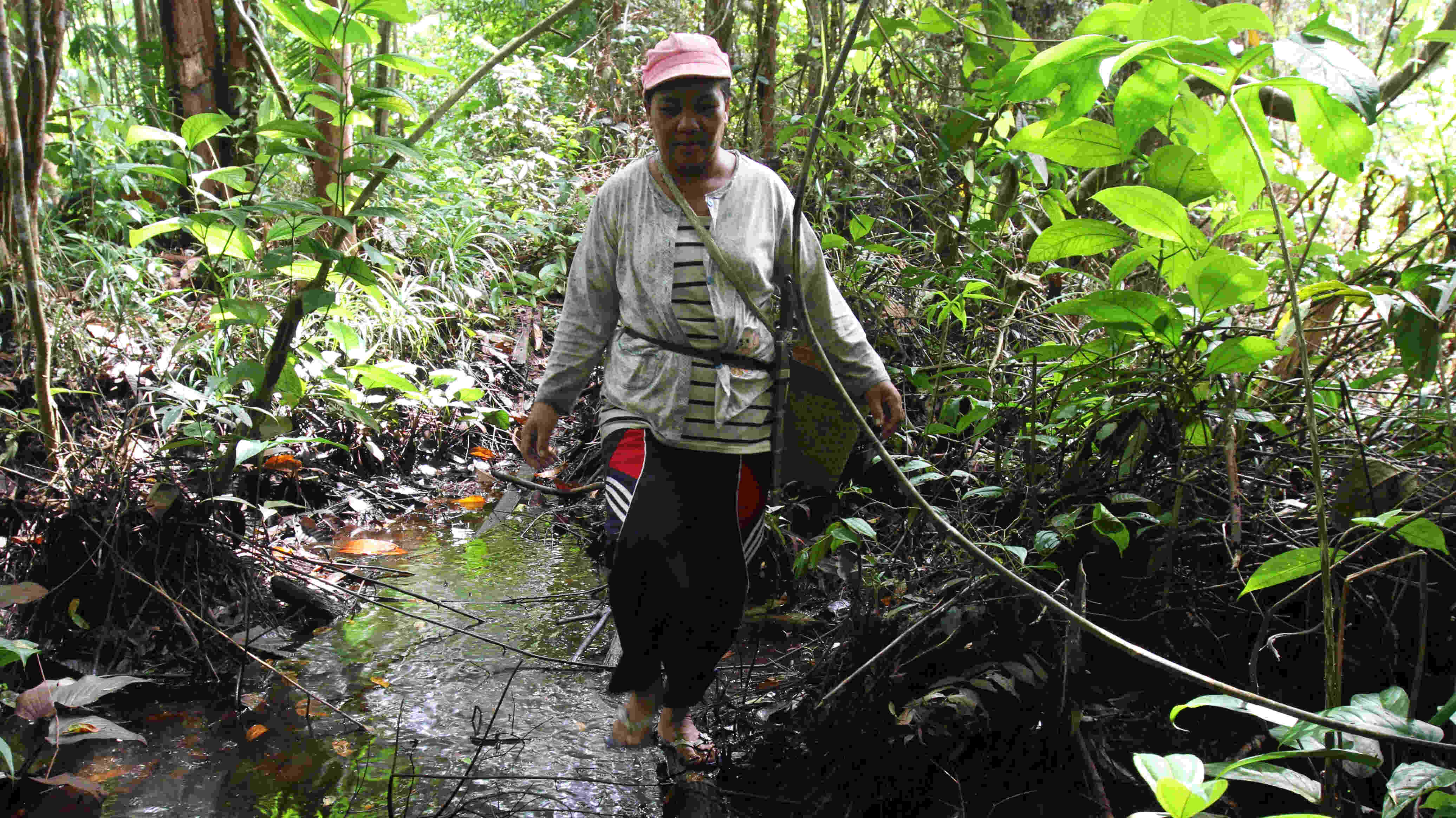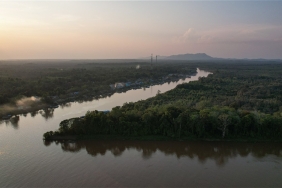INDIGENOUS WOMEN'S SUCCESS STORIES IN FOOD SOVEREIGNTY
Not only rich in traditions and rituals, Dayak indigenous people are also rich in stories and experiences in preserving their traditional food. They believe that the blessing of ancestors is a virtue for fertile land. That's the story of Mrs. Marsiana Dayun that she shares in the book, "Women, Food and Biodiversity".
As the third largest island in the world, Borneo has an invaluable source of local wealth. A variety of exotic local foods with high nutrition and nutrients that are good for health are a special color in biodiversity for the Dayak indigenous people. This richness certainly depends on agricultural management, especially on a small scale in the interior of Kalimantan. In addition to ensuring food security and nutritional quality, the model also relies on natural conditions and sustainable management of natural resources. And in this agricultural model, women are an important pillar and subject in their contribution to food security.
The farming activities carried out by Dayun and her husband, Antonius Sadau, never leave the pattern of the agricultural system that has been inherited by the ancestors and customs of the people in the village. Starting from the process of land clearing and menugal (planting seeds) at the beginning of the activity, the use of ash from burning agricultural land as the main medium for soil fertilizer, and the system of farming on rainfed land with a rotation pattern to restore land fertility through the 'fallow system' so as to eliminate the use of external fertilizers. Residents of Ukit-Ukit Hamlet themselves always work together (beduruk or situlis) in every agricultural process; when clearing land, planting, until the harvest period. The farming tradition in Ukit-Ukit is also full of spiritual aspects through a series of traditional rituals, including Pamindara or asking permission from the spirits of ancestors or landowners.
Dayun's story is proof that women are the main actors in preserving and protecting the ecosystem as well as the continuity of food availability and forest sustainability.





